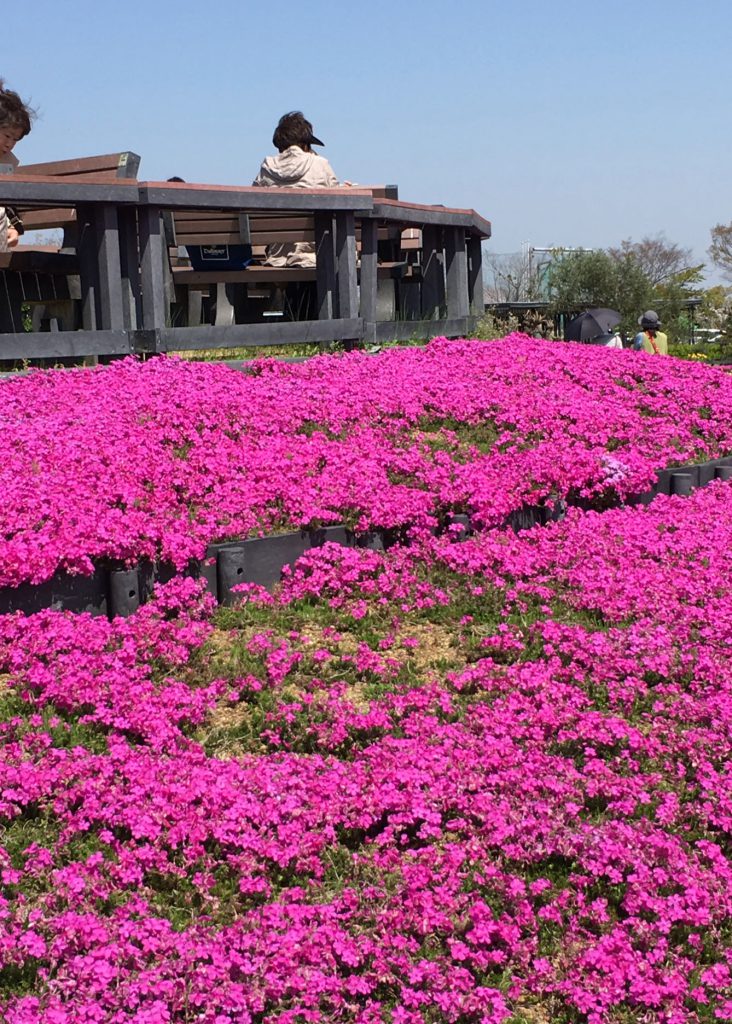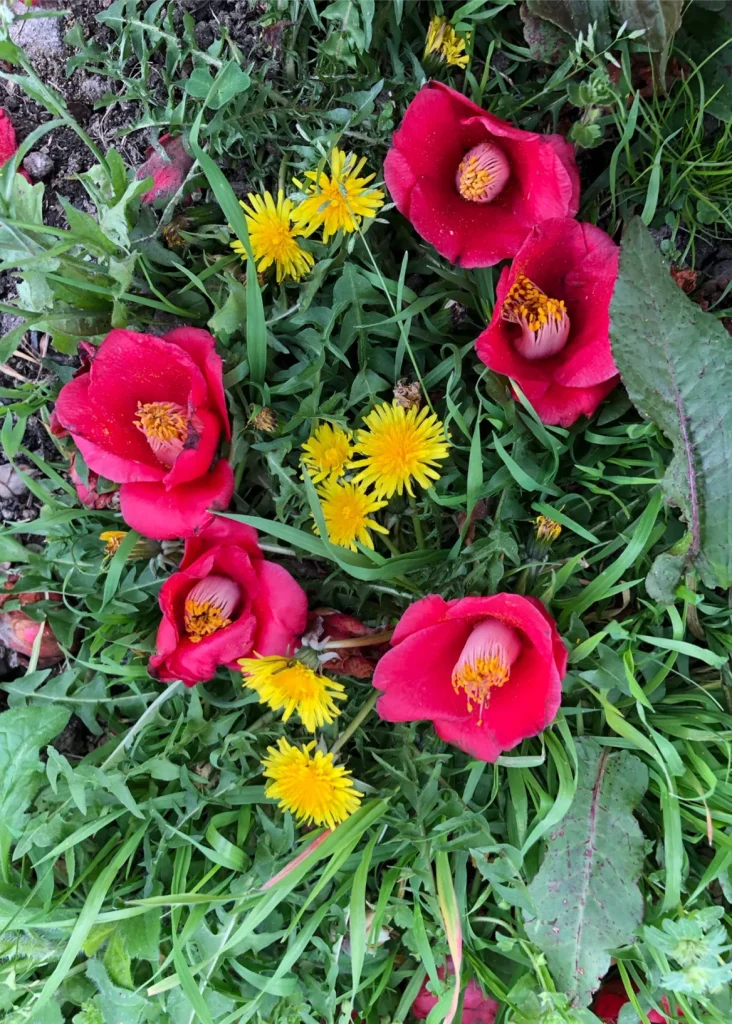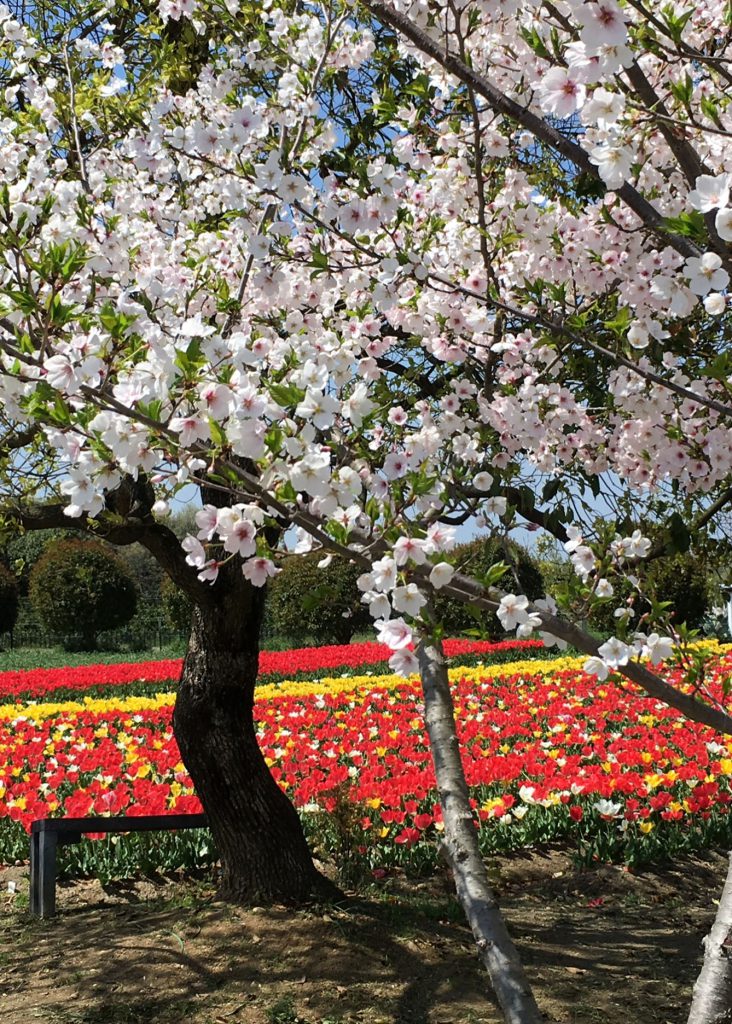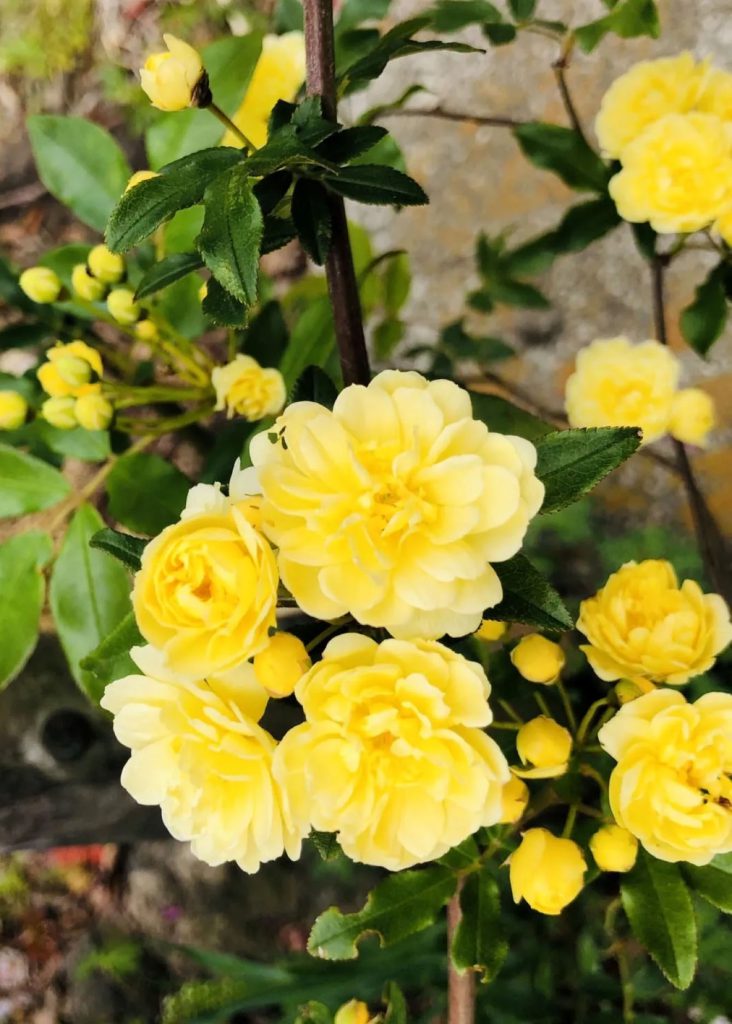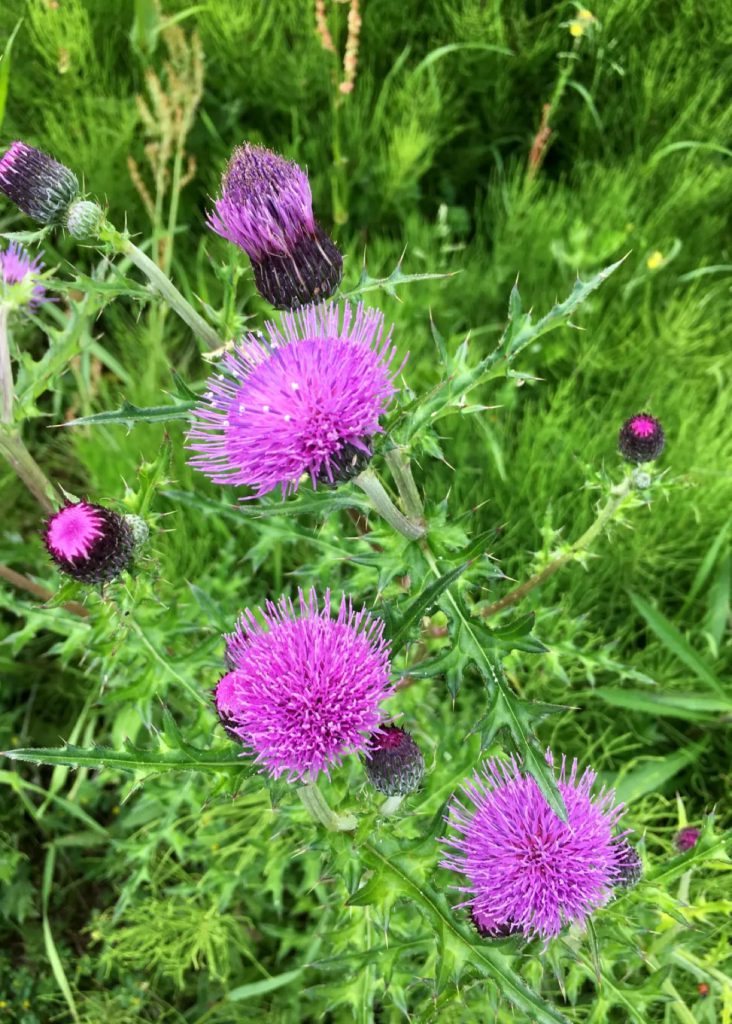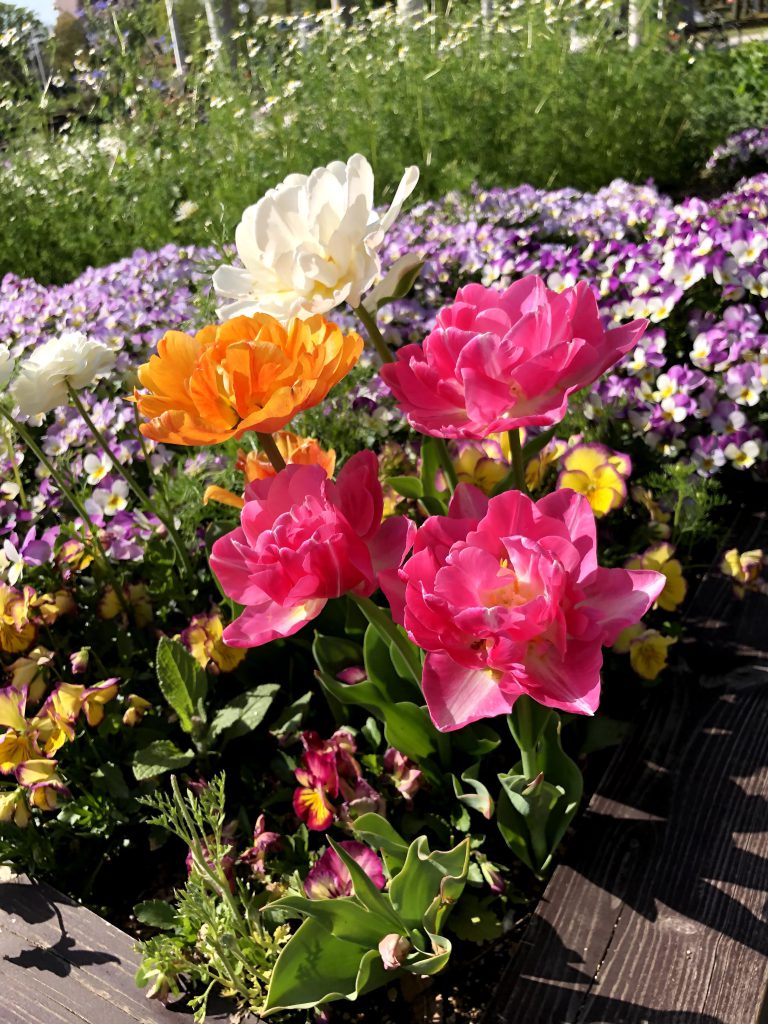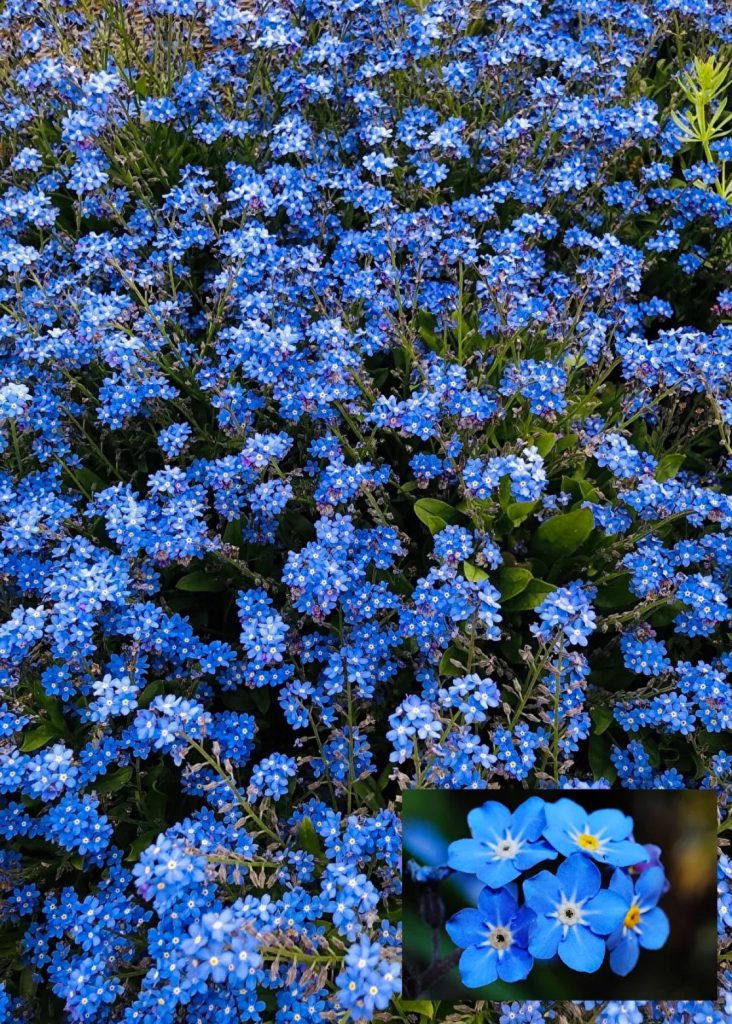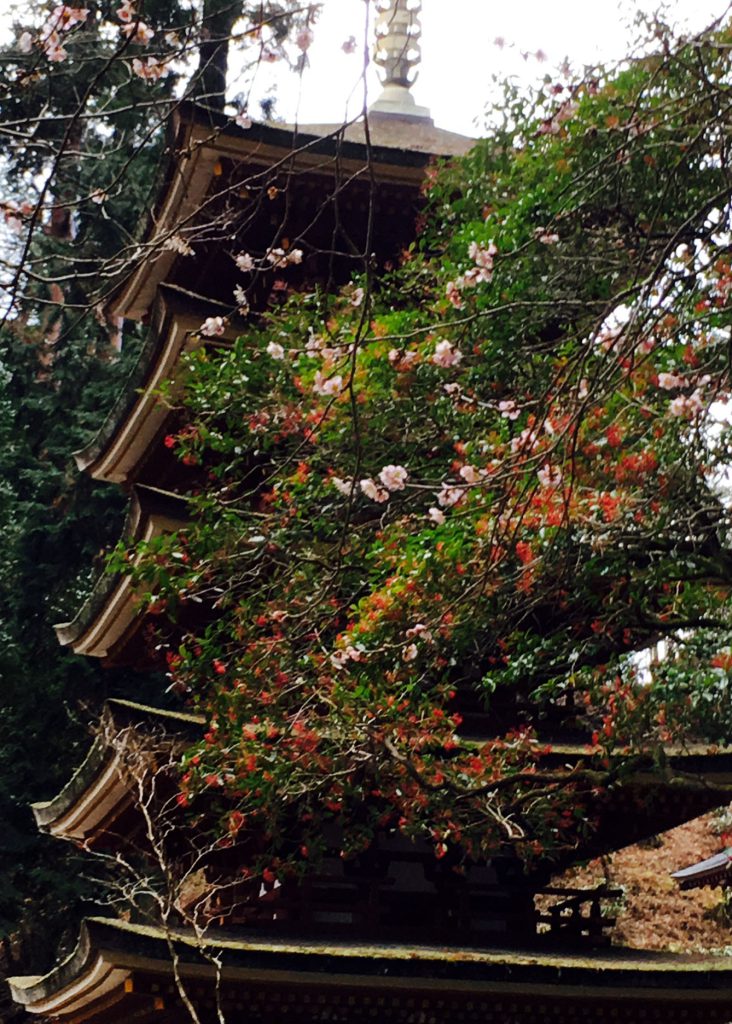
When I go for a walk early in the morning, the petals of cherry blossoms that have fallen since last night are all over the road and the precincts of Ujigami. Most of the cherry blossoms have sprouted the young leaves. The protagonists of flowers will be replaced by Satsuki, Tulips, and Roses. The seasons are rushing. We must thank for the peaceful and peaceful days. On the one hand, the Ukrainian War is reported daily, and the miserable appearance of those exposed to the war and those who escape their homeland is reflected as if it were an event in front of us. My chest seems to tear. I’m getting angry. What was the impression when you entered the 21st century in 2001? You must have expected a bright and hopeful century. But many disappointing events happened during the last quarter century. What will happen in the 21st century in the future? I don’t want to lose hope.
朝早く散歩に出かけると、道も氏神さんの境内にも、昨夜から降り積もったサクラの花びらが一面に覆っています。サクラはほとんどが葉桜。花の主役はサツキにチューリップに、そしてバラにと代わっていきます。季節の巡りは駆け足です。のどかで平安な毎日に感謝です。一方では、ウクライナ戦争が連日報道され、戦禍にさらされる人達、祖国を脱出する人達の悲惨な様子が目の前の出来事の様に映し出されています。胸が張り裂けそうです。怒りが込み上げてきます。2001年、21世紀を迎えた時の感動はなんだったのでしょう。明るい希望に満ちた世紀を期待したはずです。しかしその期待に反する出来事が、この4分の1世紀の間に起こりました。この先の21世紀はどうなるのでしょう。希望は失いたくありません。

